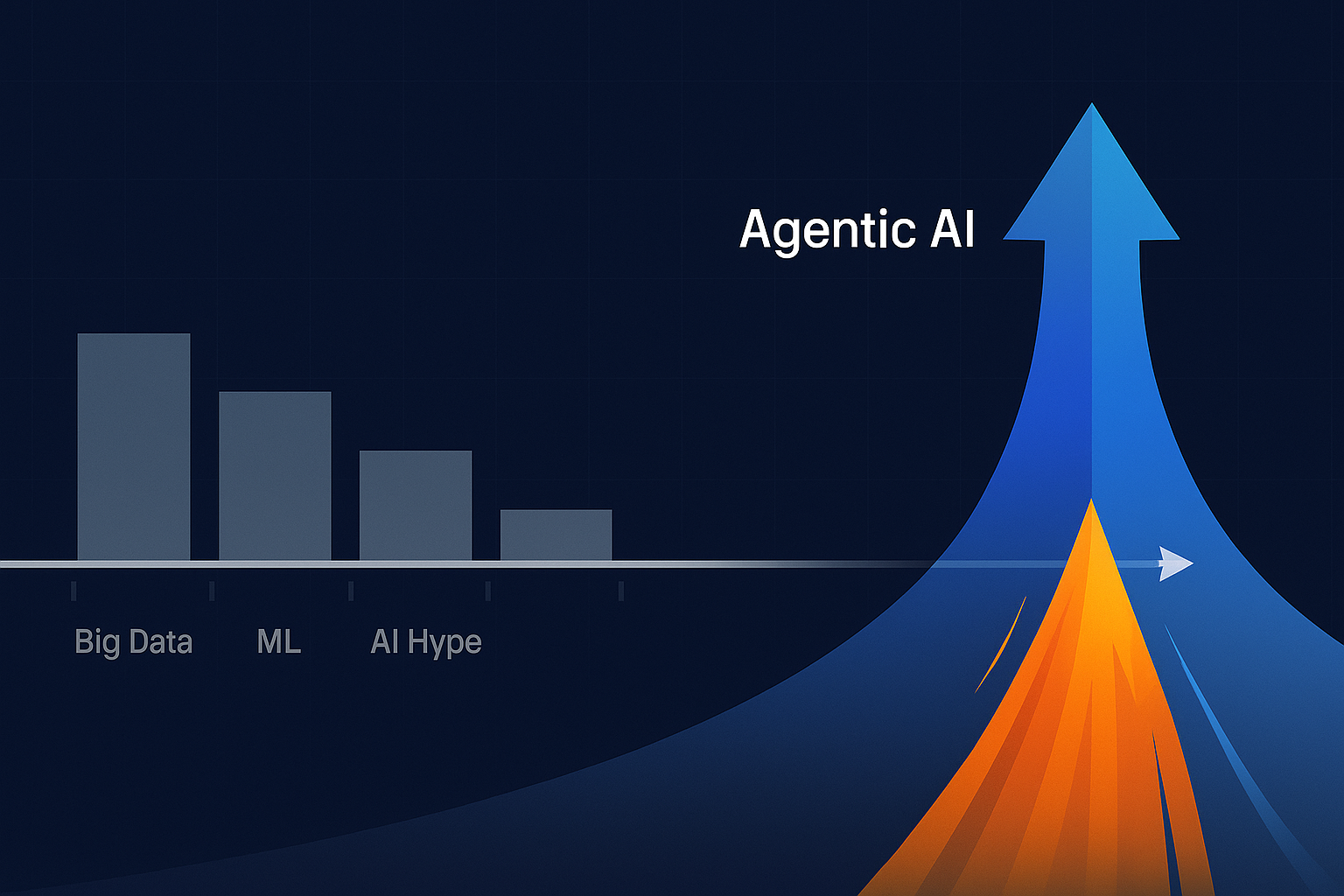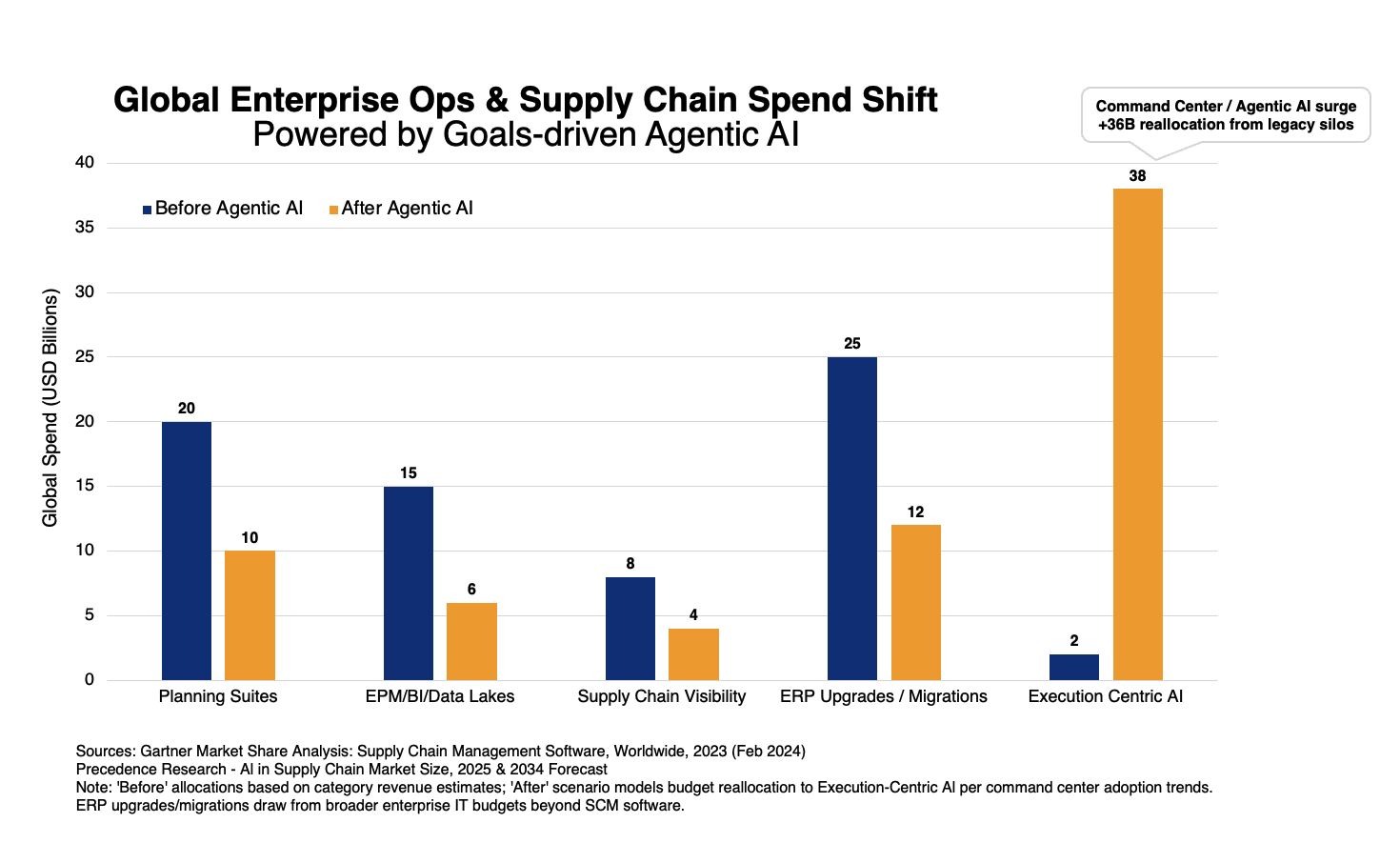Autonomous Operations: Intelligent Supply-Demand Matching Is the Missing Element
Organizations are still turning back manual analysis to do supply demand matching instead moving full speed ahead with autonomous operations because of unique processes and scaling challenges. How do we move full speed ahead with digitization and a self-driven operations strategy?
Most people will agree that Excel is the data-driven manager’s best friend. After all, the final data manipulations leading to decisions are almost always in Excel. This manual analysis is prone to errors but it’s also surprisingly the norm despite the proliferation of Integrated Planning Systems, BI and other “decision systems” in the IT landscape over the years. The decision systems have been reduced to either a data conduit or one of the many data sources for the manual last mile analysis.
Unfortunately, poor productivity and bad decisions are not the only consequences of using Excel for the final data analysis before making a decision. The reliance on manual analysis also gets in the way of making operations autonomous. With autonomous operations, actions can happen 24/7 and the ability to be proactive can reduce lost sales and improve operating margins. Continuing to rely on Excel instead of moving full speed ahead with digitization imposes significant costs for the organization.
Often, the term “autonomous operations” evokes images of robots, IoT sensors, driverless trucks, deep learning algorithms, and other elements of Industry 4.0 popularized by the media. Discussions tend to focus more on the glitzy aspects of digitization and overlook the fact that some flavor of the good old supply-demand matching must happen at many stages of the chain of operations. Unfortunately, this neglect often becomes the Achilles heel of an otherwise good self-driven operations strategy. Dissatisfaction with the supply-demand match is one of the common reasons cited by managers for turning back to Excel instead of relying on the “self-driven” elements of operations.
Why do managers prefer manual supply-demand matching? And why are organizations complacent with them spending their time this way? There is always something unique about each department or business unit that necessitates a unique process.. Notably, too often this difference comes down to how scarce raw materials are prioritized among competing finished products, how oversold finished goods are reserved for customer orders or early identification of under-demanded stock. The matching dictates a plethora of related actions from prioritization of containers at the port to order confirmations to expedite decisions – so managers need the operational freedom that manifests itself as complex Excel files. Then, why can’t IT automate it? The significant variation in the matching criteria between departments/BUs makes automation at scale difficult – for IT, it is a case of too much investment impacting too few people for processes that change too often.
But is the problem as intractable as it may seem? The presence of standardized software like ERP, Advanced Planning Systems, Business Intelligence, and shipment trackers suggests process similarities at least at a high level. Now, if you talk to the manager, she will rightly point out that differences are at the operational level. For example, the ERP might have a uniform criterion for putting a hold on shipments to customers who have exceeded their credit limit but the criterion for reserving stock for orders from those customers (in anticipation of the hold being lifted) might be more nuanced, making it a manual exercise. Again, note that the “nuanced” manual step is about aligning supply to demand.
What if a real-time platform continuously analyzes all demand, supply, inventory, and goods in-transit? Furthermore, what if it could use the assessed (mis)alignment for predicting interruptions, suggesting an optimal response and automating the downstream actions? And what if the manager can configure all this by simply dragging and dropping various criteria, ranking them, defining the granularity, and specifying some overriding SLA requirements? It will not only take IT and Excel out of the equation but also give the operations team the flexibility to adjust the process as the situation changes. The criteria for matching and prioritizing can be any data point like the order date or a derived measure like an AI score about the prospects of the customer clearing the overdue payments.
What if the manager can also define some “Exceptions” to specify when the system really needs her to intervene? And don’t forget that the matching as well as the identification of exceptions are continuous. Now operations can not only be autonomous with 24x7 action, but the system will also identify cases where it should wait for instructions.
If all of this sounds too good to be true, you are unfamiliar with OpsVeda. We’d be happy to fill you in 😊 Intelligent supply-demand-inventory matching algorithms are at the heart of our Operations Management Software (OMS). Regardless of where you are in your digitization journey, the supply-demand matching capabilities will bring efficiency and agility to your operations. But if your goal is autonomous operations, OMS will be the easiest way to fix the element that plagues too many such initiatives. Ask for a demo to learn more about intelligent supply-demand-inventory matching and an array of other things that OpsVeda can help you with.







